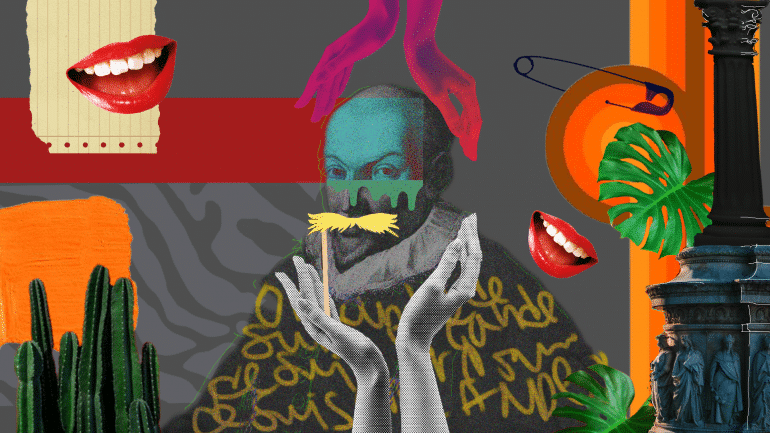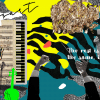Like with many other figures from early music history, the details of de Lassus’ life often play a secondary role to the study of his work. Mordents offers you a quick rundown of some of the most interesting points of this Renaissance composer’s life.

- Orlande de Lassus (born 1532/possibly 1530, Mons – died 1594, Munich) was a polyglot. He spoke and composed in several different languages like French, Italian, German, Latin, and was one of the most influential and prolific composers of the late Renaissance – he wrote over 2,000 works.
- In his childhood he used to work as a choirboy, and it is said that Lassus, because of his magnificent voice, was abducted three times by other churches to sing in their choirs.
- When he moved to Rome his career advanced quite quickly and successfully. There he worked for Cosimo I de’ Medici, Grand Duke of Tuscany, and he also obtained a very prestigious post – he was in charge of music of the Archabasilica of St. John Lateran, the Cathedral Church in Rome, Italy.
- The composer traveled a lot, and worked in many cities of Europe. While working in Munich for the Duke of Bavaria, he married the daughter of a maid of Honor of the Duchess – Regina Wackinger, in 1558. With her, Lassus had a daughter and two sons. Both of his sons later became composers too.
- In 1563 in Munich he was appointed on court as maestro di cappella for Albrecht V, in Munich, where he remained for the rest of his days.
- Lassus was famous even outside musical circles, so much so that the Emperor Maximilian II, conferred nobility upon him in 1570, which was an exceptionally rare achievement for a composer.
He was also appointed as Knight of the Golden Spur by Pope Gregory XIII in 1571, and by the king of France, Charles IX in 1573.
- All of these noble men wanted Lassus to work for them, but Lassus turned all of them down – he didn’t want to leave a stable position. “I do not want to leave my house, my garden, and the other good things in Munich”, he wrote in one of the letters in which he rejected the offers.
- He is the author of what is regarded as the best “Madrigale Spirituale” ever written. It is a cycle of 20 madrigals – Lagrime di San Pietro.
- It is interesting that Lassus never wrote compositions that were purely instrumental.
- Some of his motets mirror his humor – in one he ridicules bad singers by making music that stops, then starts or stutters. It is a kind of a musical joke – and it’s related in concept to “A Musical Joke” by Mozart.
- Lassus even wrote drinking songs that are suitable to taverns. Lyrics of one of the most famous ones were used by Shakespeare in his play Henry IV, Part 2, and are sung by the drunken Justice Silence in Act V, Scene III.
- Furthermore, in “The Adventure of the Bruce-Partington Plans“, a short story written by sir Arthur Conan Doyle, Sherlock Holmes is working on a monograph about the polyphonic motets of Lassus.

References:
- https://www.britannica.com/biography/Orlando-di-Lasso
- https://www.allmusic.com/artist/orlande-de-lassus-mn0001416262/biography
- https://interlude.hk/mapping-musical-genome-lassus-family/
- https://factspage.blogspot.com/2011/12/who-was-orlandus-lassus.html
- https://www.sunsigns.org/famousbirthdays/d/profile/orlando-lassus/
- https://www.thefamouspeople.com/profiles/orlando-lassus-452.php







